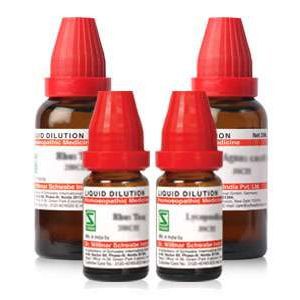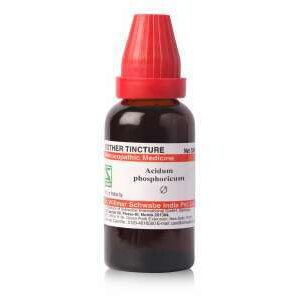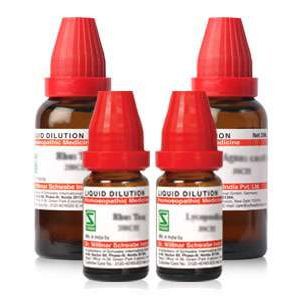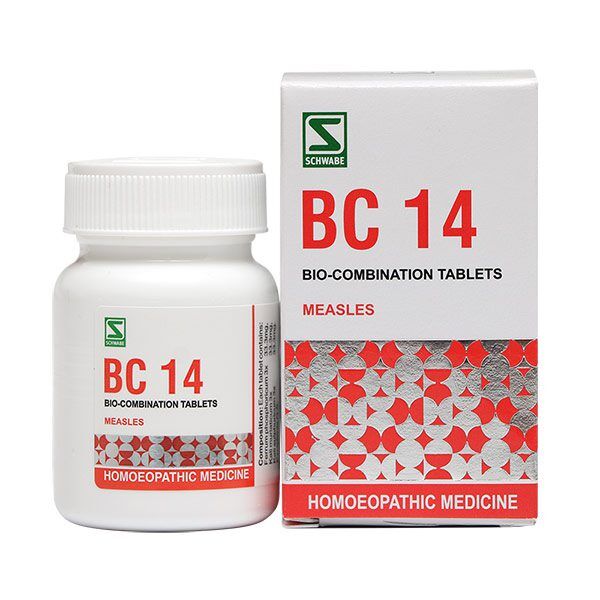Doctors Zone
Journal (JEBH)
Alpha™- Liv Drops
Alpha – Liv Drops Due to high demand from the market, for a formulation in drops for the liver, apart from the syrup already available in the market, Schwabe India developed this product. Introduction The liver plays a key role in metabolism. It has anabolic and catabolic, exocrine and endocrine functions. The liver is a blood reservoir, filter and store of different substances (e.g. glycogen, vitamins). It is the site of serum protein (e.g. albumin, prothrombin, fibrinogen) and enzyme synthesis. Metabolic processes (e.g. bilirubin, hormone, carbohydrate and lipid turnover) and the removal of toxic products are important liver functions. 1 Hepatotoxins (e.g. alcohol, tetracycline, acetaminophen, fungal toxins, and anabolic steroids) can cause specific damage to liver cells. Toxic hepatitis may be clinically silent or severe enough to lead to the rapid development of hepatic failure. Clinical features include hepatomegaly, enzyme abnormalities, fever, abdominal pain, anorexia, nausea, vomiting and weight loss. In patients with underlying cirrhosis, manifestations of portal hypertension may predominate. Aversion to fatty food, abdominal discomfort, nausea and vomiting after meals may be symptoms of 2 cholelithiasis. Jaundice results from accumulation of bilirubin. It has non-hepatic as well as hepatic causes. Hyperbilirubinaemia may be due to abnormalities in the 3 formation, transport, metabolism or excretion of bilirubin. TM Alpha -Liv Drops aids recovery and normalisation of liver functions. Severe liver disease needs specialised treatment. Indications: Slow liver functions, fatty liver, and for supportive treatment of hepatocellular jaundice and toxic liver damage.

Gnaphalium leontopodium
Gnaphalium leontopodium
Its botanical name is Leontopodium alpinum. It is commonly known as edelweiss. It is a perennial plant grows up to 15-25 cm on lime rocks of Alps at the altitude of 3000m. Leaves and stems are covered by white fine hair due to which it appears woolly. Leaves are entire and oblong-oblanceolate; as they age, they shed the wool from upper surface. Each stem bears 7-9 closely crowded, discoid flower heads, about 5-6mm across, in a terminal cyme surrounded by a tuft of densely and persistently white-wooly, oblong or lanceolate floral leaves that far surpass the heads.
It is distributed to mountainous are Europe, Apennines, Asia, mountains of Balkan Peninsula. Leontopodium spices is a protected plant in many countries, including Mongolia, Bulgaria, Croatia, Switzerland (since 1878), France, Norway, Iran, India Zanskar region, Italy, Serbia, Malaysia.
It contains flavonoids, caffeic acids and leontopodic acid.
It is covered by Homoeopathic Pharmacopoeia of India. It mother tincture is prepared from the whole flowering plant.
It is used as an astringent and wound healer. When applied externally it protects skin from UV radiation. In herbal medicine it is used natural anti-ageing medicine. It is an antioxidant, anti-inflammatory, anti-microbial. In traditional medicine it was used as a medicinal herb in decoction with milk and honey to combat heartburn, difficult digestion and anti-aging.
Recommended dose – Φ in drop doses diluted in water.
References:
-
Zheng, Xing & Wang, Wei & Piao, Huishan & Xu, Weiqiang & Shi, Haibo & Zhao, Chengai. (2013). The Genus Gnaphalium L. (Compositae): Phytochemical and Pharmacological Characteristics. Molecules (Basel, Switzerland). 18. 8298-318. 10.3390/molecules18078298.
-
https://en.wikipedia.org/wiki/Leontopodium_nivale
Recent Advancements in Basic Homeopathic Research – A Report on Two Significant Publication
In a study conducted at the Experimental Farm of the State University of Santa Catarina, Brazil, researchers investigated the impact of homeopathic treatments on piglets during the nursery phase. The study aimed to determine whether homeopathic agents could reduce fighting behavior, improve growth performance, and affect hematological, metabolic, and oxidative variables. The study included 108 weaned piglets divided into four groups: a negative control group receiving only the basal diet, and three groups receiving different homeopathic treatments at varying dosages.
Journal of Evidence Based Homeopathy Volume: 1, Issue: 1, January - June 2023
Comprehensive articles

Agrohomeopathy – A Review
Short cases

Unmasking the Intricacies: A Pyogenic Abscess Case Report

Lichen Simplex: A Singular Case Study

Ranula Unveiled: A Case Report and Management Approach

Lichen Simplex: A Singular Case Study

A Puzzling Presentation: A Case Report of Jaundice
Recent provings and updated materia medica

Acidum Formicum

Mygale

Thea Chinensis
Materia medica on phytohomeopathy

Chrysarobinum

Sanguinarinum nitricum

Thiosinaminum
Mother tincture

Asparagus Officinalis

Ginkgo Biloba

Rosmarinus Officinalis
Product watch

Alpha™- Liv Drops

Good Morning™ Constipation Drops

Zauber™ Hair Drops
Research News




























